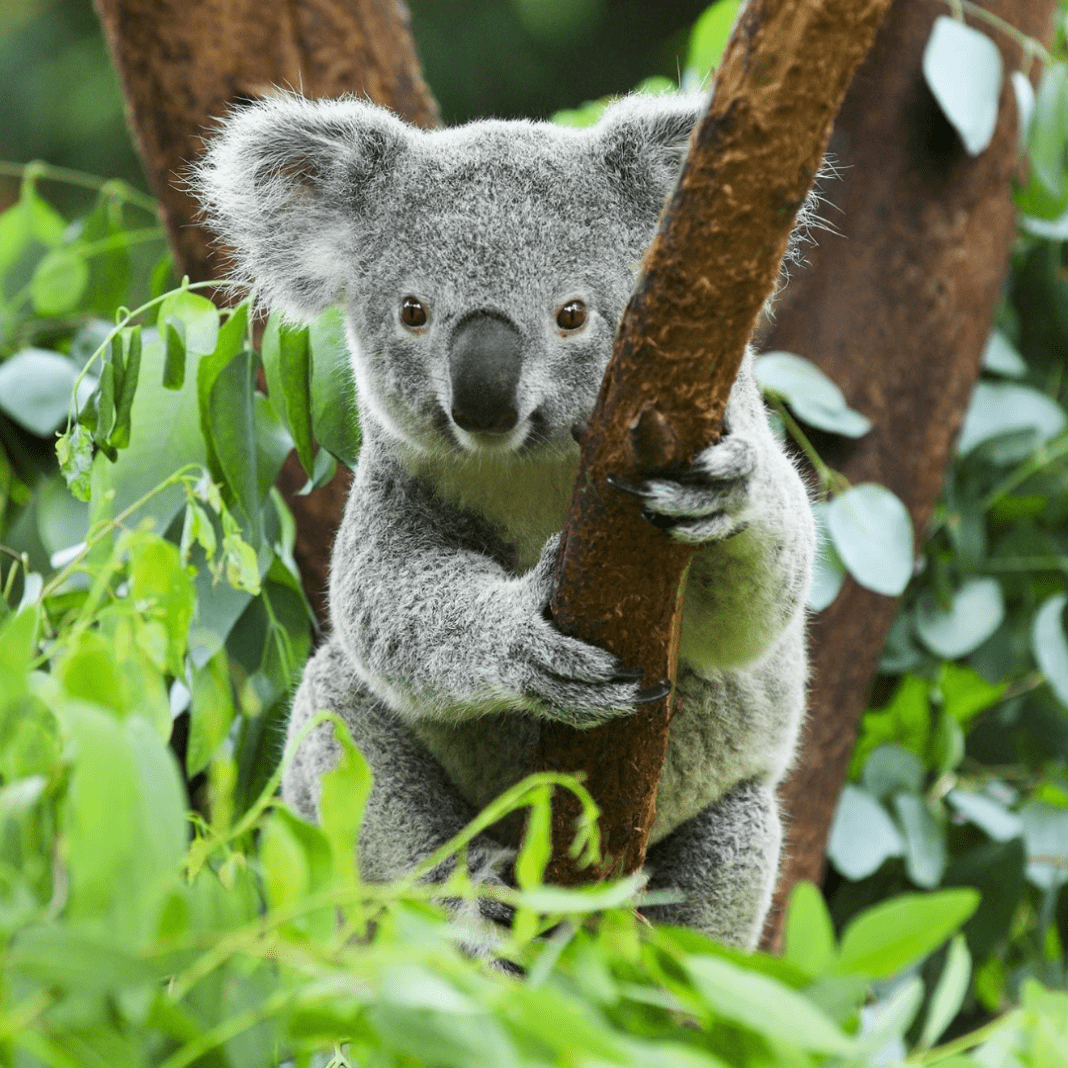Since 2011, close to 2 million hectares of forests that koalas call home have been cleared in Australia. That’s an area bigger than the entire city of Sydney and all the land around it including the Blue Mountains and the Southern Highlands.
The Silent Disappearance of Koala Forests
Even though the koala was officially declared a threatened species in 2011, the destruction of its habitat has not stopped. In fact, the cutting down of koala forests has continued at a massive scale, especially in Queensland and New South Wales, the two main states where koalas are struggling to survive.
Between 2012 and 2021, an estimated 1,964,200 hectares of koala habitat were bulldozed. About 81% of this was in Queensland alone. This destruction is shocking, especially since politicians had promised to protect koalas and their homes. But the facts show that these promises have not been kept.
What’s more, the size of land cleared is ten times larger than the area currently being considered for a proposed “Great Koala National Park” in NSW. That shows how much habitat has been lost compared to how little is being protected.
Bulldozers and Cattle: What’s Causing the Loss?
Most of this destroyed forest didn’t happen naturally. It wasn’t due to bushfires or droughts. Instead, around 75% of it was cleared for farming, mainly to make way for cattle pastures and crop fields. Large areas of koala-friendly trees were cut down to raise animals or grow food.
Another 13% of the land was removed by the forestry industry, where trees are cut down for timber and other uses. And 5% was cleared for things like roads, mines, and buildings. Only a small portion – 4% – was due to natural causes like fire or drought.
Critical Vulnerabilities: The Dark Side of Pacemaker Technology
Surprisingly, most of this clearing happened in small chunks. These pieces were often too small to be considered under federal environment laws. As a result, less than 2% of all the habitat destruction was ever officially approved by the federal environment minister. This means that almost all the forest was cleared without serious checks or questions.
Despite the growing danger to koalas, new clearing is still being allowed. In 2024 alone, about 3,000 hectares of potential koala habitat were approved for bulldozing.
The Harsh Reality Koalas Now Face
Koalas were already listed as vulnerable in 2012. By 2022, things got even worse. Their status was changed to endangered, after scientists saw that their numbers had likely dropped by half in just 20 years.
Current estimates suggest there are between 95,000 and 238,000 koalas left in Queensland, NSW, and the ACT – where they are most at risk. Some more live in Victoria and South Australia, where they are not yet listed as endangered.
But losing trees isn’t the only danger. Koalas also face extreme heat, which they cannot survive for many days in a row. They struggle to keep cool when temperatures go over 37°C, and many areas now have multiple days over 40°C due to climate change. This heat weakens them and makes it even harder for them to find food and shelter.
Cyber Attacks on Connected Cars
Their habitat is shrinking not just because of heat and farming, but also because of urban development. As trees are cleared, koalas move closer to towns and roads, where they face attacks from dogs and being hit by cars.
In some areas, like southwestern Sydney, koalas are also getting trapped in small areas. These groups can’t mix with others, which causes inbreeding and makes them weaker and more likely to get sick.
Most koalas don’t live in national parks. They live on private land, which often isn’t protected. This makes them even more vulnerable.





